 Update: Adding a shot from this previous post on what this could look like. The shot is an Elby Designs Steiner VCF via cray5656's flickr set.
Update: Adding a shot from this previous post on what this could look like. The shot is an Elby Designs Steiner VCF via cray5656's flickr set.Via Grant Richter on the Wiard list:
"If the public could change their perception of how a synthesizer module must be constructed, we could have a renaisance unlike anything in the past. The single most expensive component in a synthesizer is the aluminum faceplate. There is only one source for turnkey faceplates in the US and they are obscenely expensive. I pay $70 each for 1200 series faceplates. Your only other option involves using 4 different vendors. One to get the metal blanks, one to put the holes in them, another to anodize them and another yet to silkscreen them. Each step is a chance for errors to creep in. Also, there are 5 shipping charges to move everything from place to place or lose the whole batch. Or drop the box...
The people who make printed circuit boards are used to doing most of these operations to a higher degree of precision and more quickly and cheaply than machine shops. If the buying public was willing to accept faceplates made from fiberglass instead of metal, it would open the floodgates to new module designs.
You can hardly see the difference either, the fiberglass is painted and silkscreened just like the metal. Plus fiberglass is lighter and stiffer. I have heard this idea repeatedly from many people, but no one believes people will buy modules with fiberglass faceplates. It is not historical.
There are also design advantages to PC material faceplates. The faceplate can become part of the circuit. Touch switches for triggers or mode selects are essentially free. Things that are expensive in metal, like slots for linear pots or perforated grills for speakers, now cost a few pennies instead of a few dollars.
It is a practical idea, but the world is not yet ready for it."




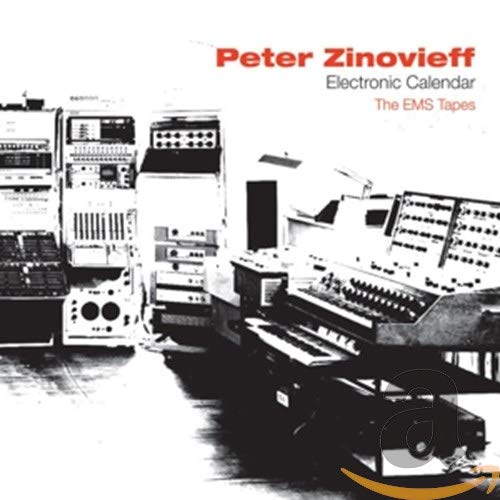

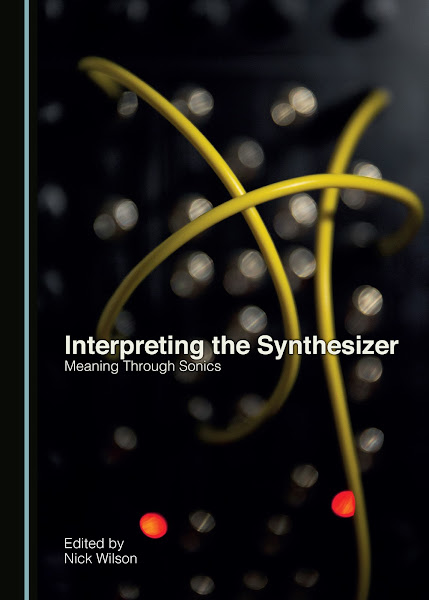
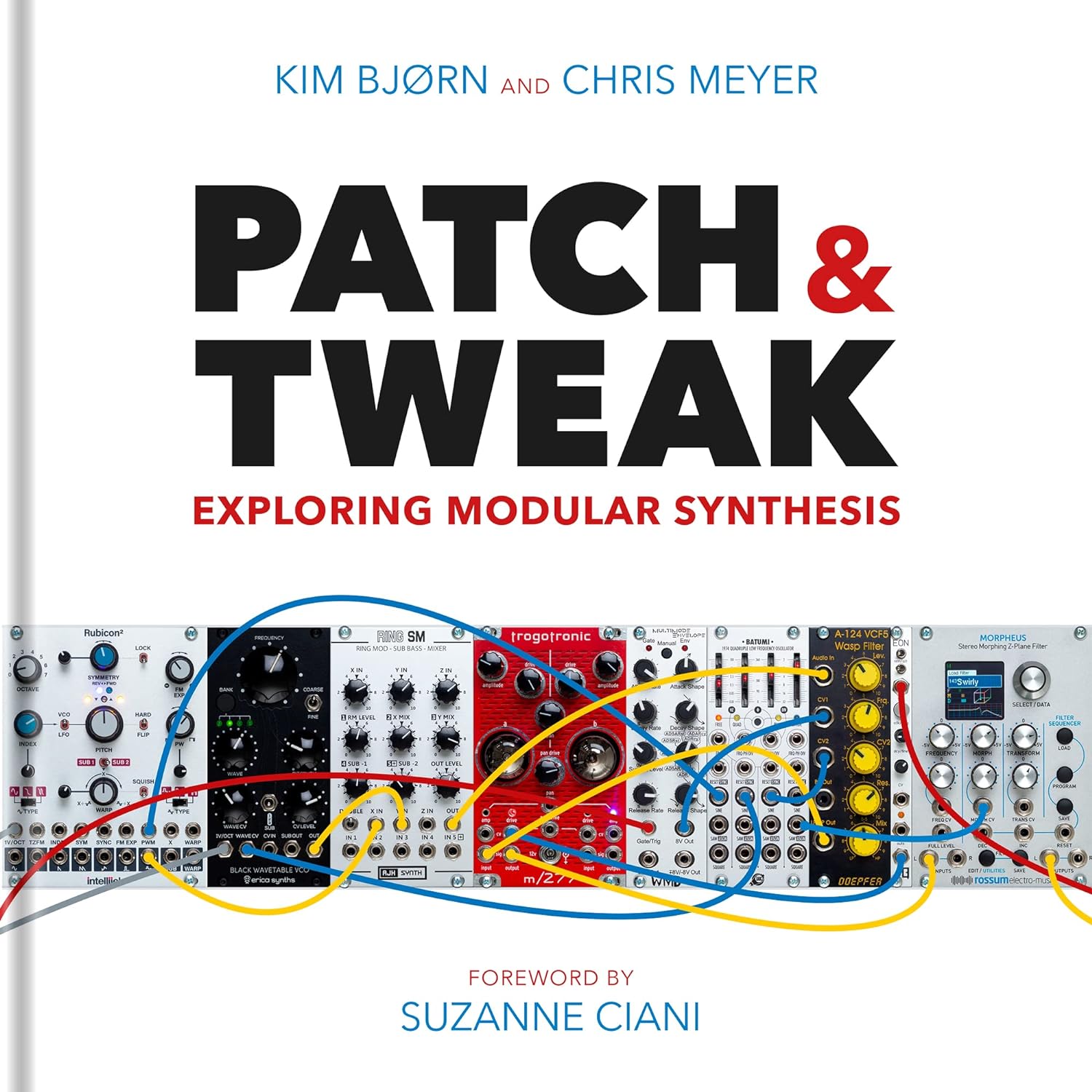

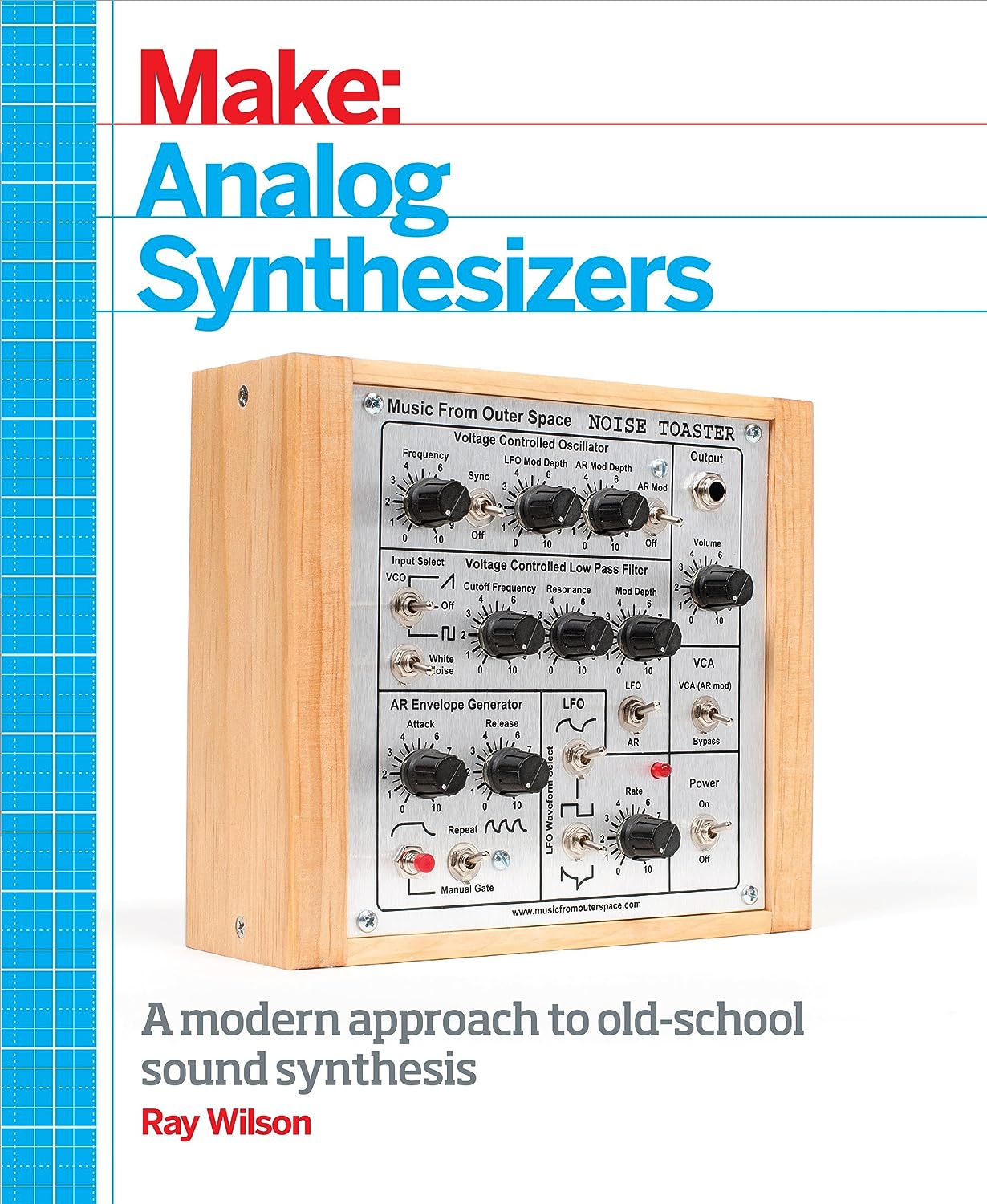
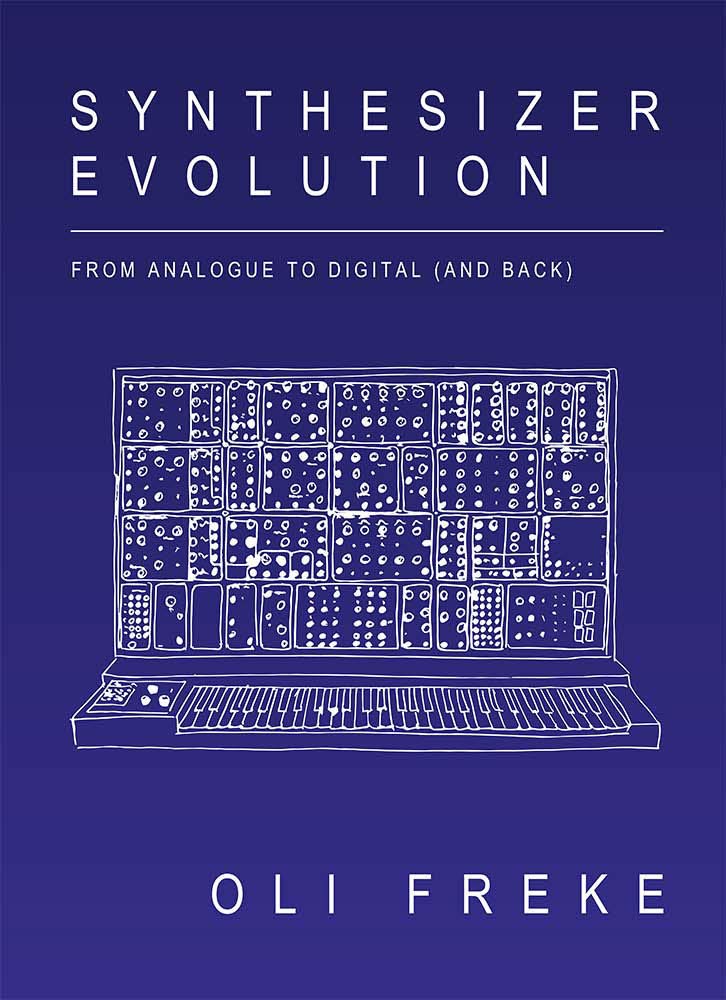
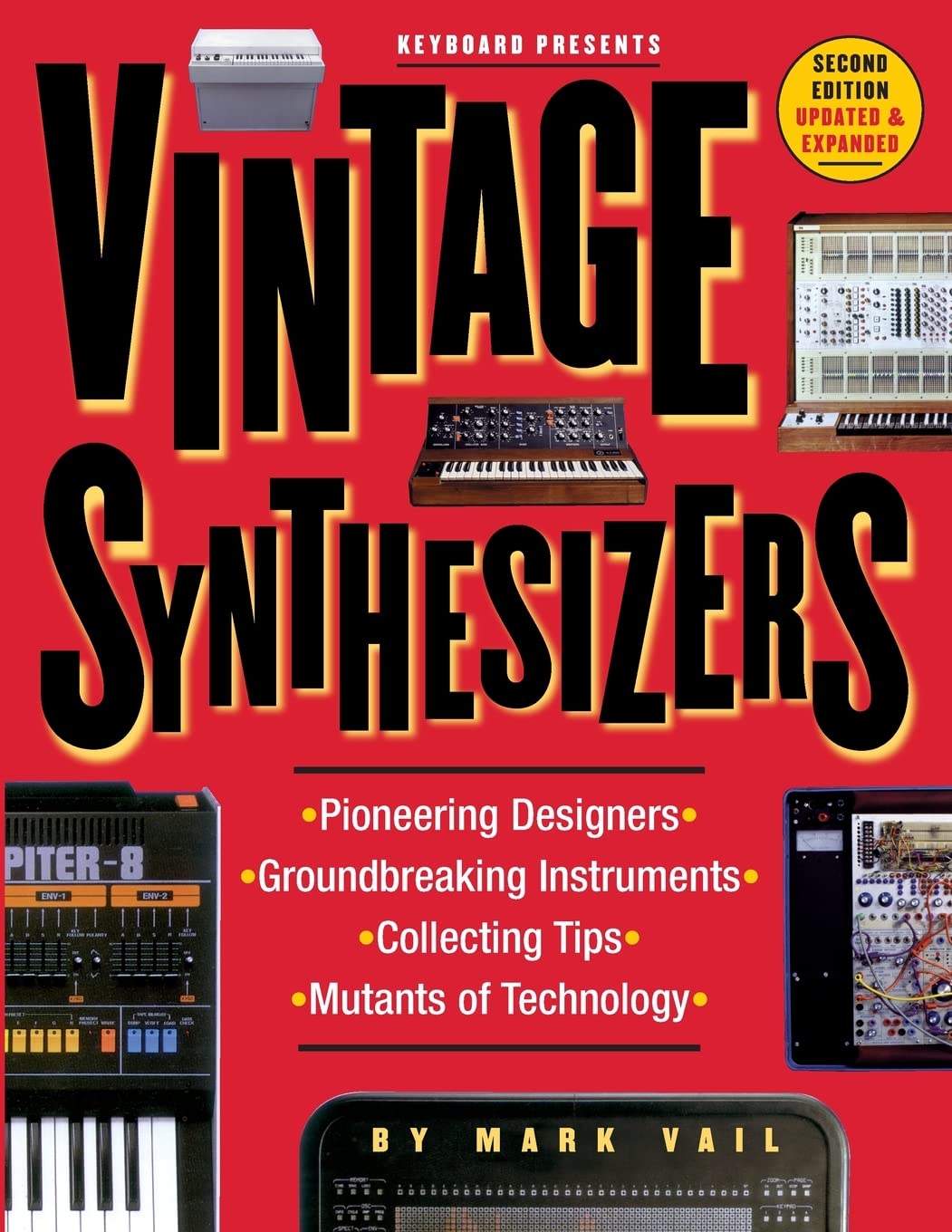
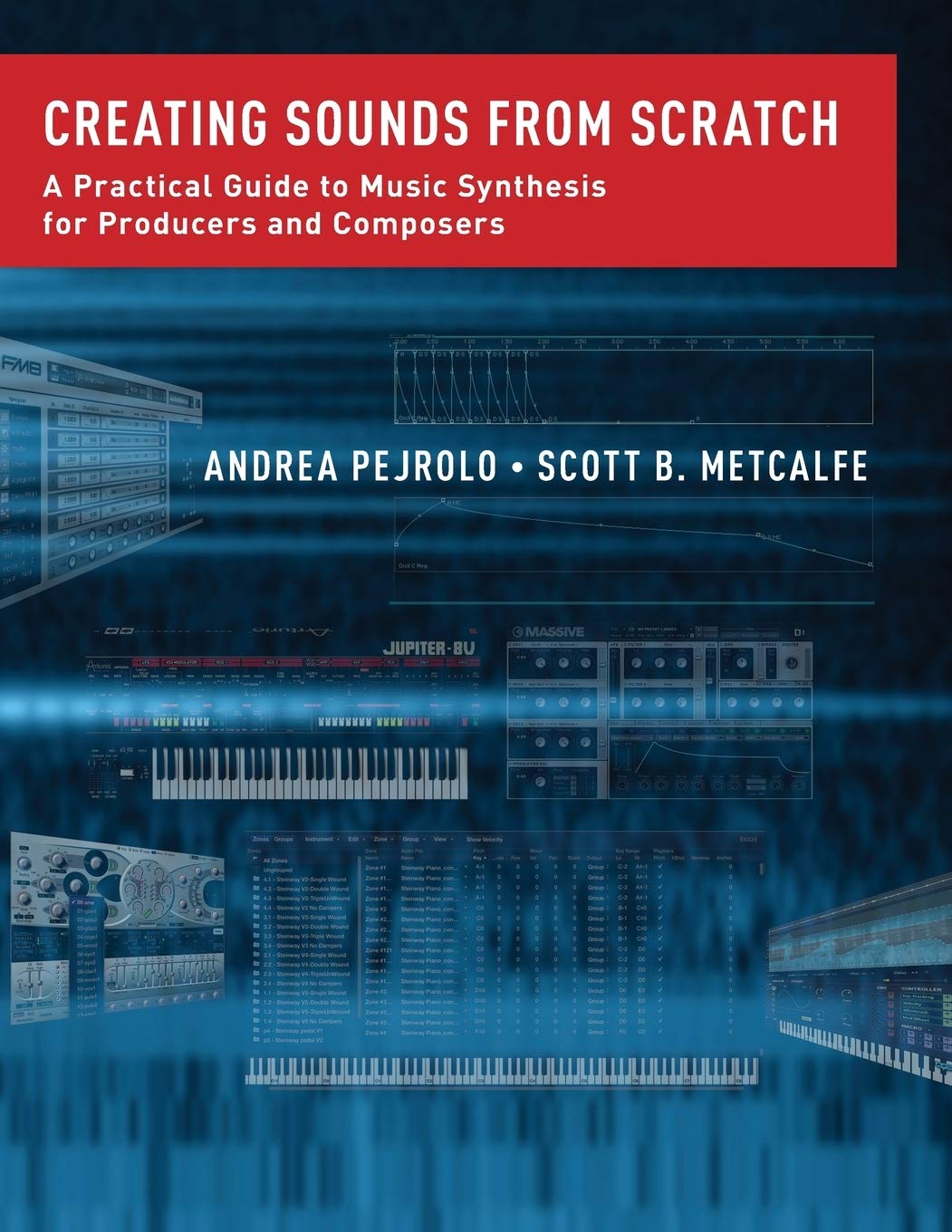
















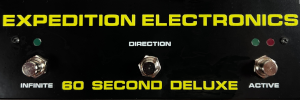











Yes fibreglass seems like a turn off but it does he job, and if it can perform the same function and look the same why not
ReplyDeleteit would be nice for digital modules yes.
ReplyDeleteA profesional modular system should be consisted of thick engraved aluminium faceplates.and should be fixed (gliding)in a chassis.
look the old tektronix scopes,that way a modular should be made.
The MOTM have quality electronics.
but the serigraphi is ugly and not detailled,the pots are of high quality but they combine different brands = very cheap result when u operate the unit.also pot axes doesn't fit the knob diameter,etc..
Am sure if u pay attention to these elements,you offer a high grade product,at higher price,but with best q ever built.
I like Grant's idea about free touch switches. This could lead to interesting new modules/interfaces that fall somewhere in the territory of Buchla / Serge / circuit-bending / CrackleBox / Electronic Sackbut. Certainly a way forward from the somewhat pervasive 'Mooginess' of many modulars.
ReplyDeleteIf using fiberglass faceplates cuts down on module cost I'm all for it. I'll take my 300 series with FG faces once you start producing them again.
ReplyDeleteyeah I'll take a full Wiard modular in fibre glass. As long as it has the Wiard sound I don't see the problem.
ReplyDeleteUnfortunately it'll never happen, but if the pot manufacturers would start making a new type of pot, this idea could go even further. The idea is a PC-board-mount pot that is mounted "upside down" on the back side of the board, with the shaft coming through a hole in the center. The pot is soldered in from the front, and then when the knob is put on, it covers where the soldering is.
ReplyDeleteAbsolutely. Bring on the fiberglass and controllers/circuitry incorporated into the faceplates.
ReplyDeleteJust like he admits he didn't think of asking modular synth users what they would consider a good front panel graphic design, he ought to have asked modular synth users, again, if they were ready for fiberglass faceplates. (Unless he only polled MOTM-users :D)
So far, we have a majority of supporters, here!
If it is such a great idea why don't he just do it ? It's not like people would mind cheaper modules and if you hardly notice it,what's the problem?
ReplyDeleteOf course that is easy for me to say as it is not my money at stake here.
I don't make modules, but I do make my own control panels. If you are willing to buy your own aluminum flat stock, you can make some very nice looking control panels using a product that I use, called Lazertran (http://www.lazertran.com).
ReplyDeleteI designed, printed, and applied my own control panel for my x0xb0x kit. The end result looks like full-color screenprinting onto brushed aluminum:
http://tinyurl.com/2qky43
(photo of my x0xb0x, sorry for the poor quality...it's an old digital camera)
Just something additional to consider for very low-cost control panels =)
I'm ready! bring on the fiberglass faceplates!
ReplyDeleteSweet TB. How durable is the lasertran?
ReplyDeleteI'd buy more 1200s if they were $70 cheaper, for sure.
Anonymous, the lazertran is as durable as whatever product you use to clearcoat it. It will take almost any kind of clearcoating. I used Krylon's for mine. The clearcoating is essential to the process because it turns the lazertran completely transparent without losing any of the detail. I wish I had a better photo...it really is very high quality.
ReplyDeleteHey, I'm an MOTM user, but I do so because I prefer to see money spent on quality electronics designs. If there's money to be saved on front panels, without resorting to cardboard :-), then I'm all for it.
ReplyDeletepheobe, i bought some lazertran via some comments on the x0xb0x messageboards but didn't realize they required a clearcoat afterwards. I will be using my lazertran soon and was wondering what exact brand of Krylon do you use? I am quite a noob at using most paint-ish things you find at hardware stores.
ReplyDeleteThanks
I certainly wouldn't shy away from modules constructed with fiberglass face plates, providing they were durable. If done correctly, they would be very aesthetically pleasing to the eye. It would be interesting to see LEDs mounted behind the plates, while the rest of the face is painted over.
ReplyDeleteHow timely. I was trying to sketch out the best way to do a DIY suitcase modular system and this actually could solve a lot of issues.
ReplyDeleteOn pots, why not just plan your PCBs for big holes to mount standard pots into? then you add some tiny jumpers , or even bend the tabs over and solder-blob them to the traces.
Man, such a simple concept but I'm inspired as a DIYer! If you are comfortable etching your own 2 sided PCBs at home its amazing to think that shortly after stuffing the board you basically have a finished module faceplate as well, with crisp copper panel graphics.
Kevlar and carbon fiber faceplates! Maybe not cheaper, but cool looking.
ReplyDeleteKrylon makes a few different clearcoats...it just depends on what your preference is. If you want a deep clearcoat, they make a triple-thick one, which should work fine. On mine I used semigloss clear so that I wouldn't have glare. I know gloss clear works fine on it too, as I tried that as well. Of course, try it out on a scrap piece of lazertran first to make sure it doesn't do anything bad to it!
ReplyDeleteIf you don't clearcoat it, it will have the appearance of a white sheet of paper (thought it's not paper, of course) and will probably scuff and wear out.
BTW, I'm the one who originally brought up the discussion on the x0xb0x board ;-)
the alesis mixer from the 90's (i cant remember the name but i had one) used pot resistance substrates directly on the main circuit board. this was a problem because a) it wasnt possible for them to get a nice smooth feel to the pots and keep the mixer cost effective but most important b) if a pot died you had to replace the whole board. so separate components is generally the way to go.
ReplyDeletei'd have no problem with a modular made of fibreglass face plates.
Actually, I should have thought of this before... a variation on Pot Chiclets. Instead of the holes to solder wire leads to, make them with edge connectors or some such that can plug into a connector on the back side of the board, next to the shaft hole. The pots are inserted from the back; the Chiclet plugs into the board, and then the pot is mechanically secured using the hex nuts like any ordinary panel-mount pot.
ReplyDeletehey plexus i think that alesis was the 1622 and if the traces wore out you could just lift the mechanical parts and do a solder bridge then file or sand it smooth no problem. had one for years growing up, beat it to hell and never had a problem.
ReplyDeleteanyway. PCB's all the way and if there are still people that want the aluminum panels then let them custom order them. they won't mind, ask them.
Dude, bring it on...I will for sure buy fiberglass modules if what you say is true
ReplyDeleteregarding lazertran: bake it!
ReplyDeletethen you have no durability issues (it gets very hard) and no coating (simply not required) problems.
however, you better try a bit before with time and temperature.
I'm in for it! Bring them on!
ReplyDeleteI'm all ready for fiberglass!
ReplyDeletesome cgs test modules in fibreglass
ReplyDeletehttp://www.flickr.com/photos/45395793@N00/
but will it still be as strong and look good 50 years later?
ReplyDeletewill YOU look as good and be as strong in 50 years?
ReplyDeleteNo.
"but the world is not yet ready for it"
ReplyDeleteI dont think this is true at all.
Count me in on a fiberglass modular. Love the overall idea, and the design shown is way cool.
ReplyDeleteMy main concern with fiberglass front panels is possible cracking or breaking of the corners from the mounting screws. With metal panels, you just lose a bit o' paint.
ReplyDeleteI like the thick metal panels and cases.
ReplyDeleteI'd buy some stuff with fiberglass, as long as it was a cool look.
But I prefer the metal panels.
Someone should open up an alternative to front panel express.
I'd be worried with the durability of fibreglass; I plan on keeping my modular for the rest of my life and like the strong metal feel that it has. The metal faceplate won't crack, the corners won't break off, etc.
ReplyDeleteInterestingly, I was just over at the Buchla website, looking at some of the old 200 series controllers, and sure enough, Don used the sort of methods Grant's talking about here to build some of these. So there's very much a precedent for this sort of design...the question, then, is how well did these controllers hold up over time in terms of wear and tear, etc. Since some of these Buchla controllers likely wound up in some 'rough' environments such as university labs, etc, it should be possible for some people who're knowledgeable about such systems to say just how viable this idea is over time.
ReplyDeleteSomehow PAIA sells thick (1/8")aluminum, black anodized Frac-panels for $3-4 each, so the metal / material cost / anodizing is not the major fraction of the $70 Grant is experiencing. I suspect that the bulk of the cost is in the powdercoating / screen printing / etching. These are labor intensive processes unless you set up a CAD/CAM system like FPE.
ReplyDeleteIf you're looking to make a living off of selling Frac modules, consider getting a mini CAD/CAM mill and doing your own panels. A guy that works for me bought a 3 axis benchtop CAM mill for $2200, including the computer and software, and it's a beautiful little beast. Would pay for itself fairly quickly even at $40 a panel. I'll try to remember to check the manufacturer next week.
I'm actually a little sad to see Grant moving back to the 1200 series. I understand the reasons behind it, but he will lose most of your prior customers. The DIY Blacet / Paia / CGS / EFM is typically financially VERY FAR REMOVED from the Buchla crowd he seems to want to court.
Do any PCB houses offer discounts for boards without traces?
ReplyDeletemfb already use fibreglass fronts:
ReplyDeletethey are: cheap! (almost no wiring)
http://www.mfberlin.de/Produkte/Module/module.html
Your local Trophy store can cut and etch plastic panels from an illustrator file - super cheap and fast.
ReplyDelete